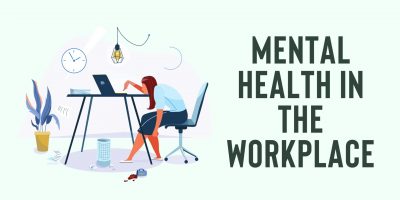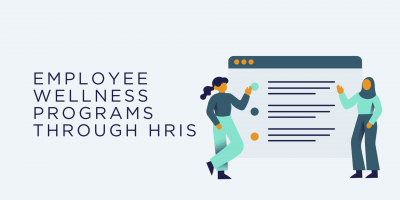
Mental Health in the Workplace
Explore Shortlister’s corporate wellness industry trends for 2022, addressed in collaboration with outstanding CEOs, HR practitioners, and wellness professionals.

Stress can play a major toll on human beings and their mental and physical well-being. Stress can come from many sources, and one of the largest stressors is the workplace. For employees, workplace stress affects their happiness, productivity, relationships and tenure at a company. For employers, workplace stress can cause employee turnover, unhappiness, low productivty and more.




Work stress is a concern for both employees and employers because, as the statistics above show, there is a clear link between employee wellbeing and the performance of a company.
Browse our curated list of vendors to find the best solution for your needs.
Subscribe to our newsletter for the latest trends, expert tips, and workplace insights!

Explore Shortlister’s corporate wellness industry trends for 2022, addressed in collaboration with outstanding CEOs, HR practitioners, and wellness professionals.

Discover flexible benefits plan’s role in improving recruitment and retention levels and satisfying employees’ needs.

In the intersection of HR technology and employee wellness programs, companies have found ways to maximize their benefits and those of their employees.

Explore the implications of well-being perks in the workplace by comparing ROI vs. VOI, the effectiveness of these two metrics, and which is better for measuring the benefits of employee wellness programs.
Used by most of the top employee benefits consultants in the US, Shortlister is where you can find, research and select HR and benefits vendors for your clients.
Shortlister helps you reach your ideal prospects. Claim your free account to control your message and receive employer, consultant and health plan leads.